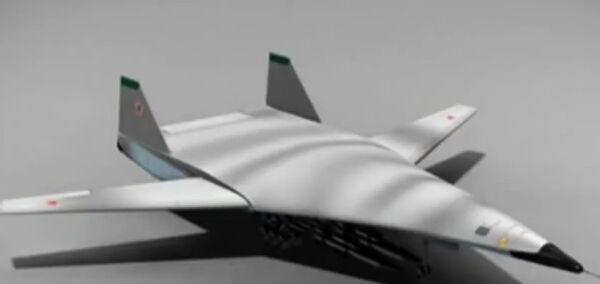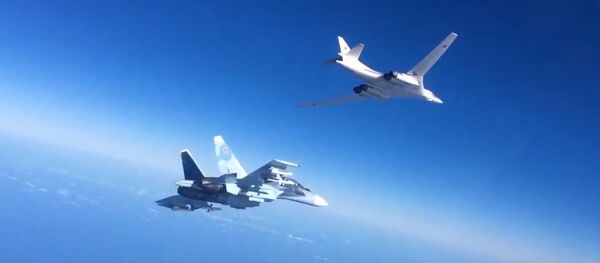The United States
The US Air Force next generation bomber known as the B-21 is being developed by Northrop Grumman.
In May, it was reported that the USAF would announce the name for the new aircraft during its annual conference in September.
Active, Guard, Reserve and civilian airmen submitted more than 4,600 possible names as part of the contest announced by the Air Force, Defense News reported.
Currently, proceedings are underway in the court, but the decision is unlikely to be reversed.
The first B-21 bombers are expected to be delivered to the USAF in 2025. Currently, they are estimated at $21.4 billion, with $80 billion unveiled for the entire shipment of 100 aircraft expected to be delivered by 2037.
The new bomber will partially replace the B-52 and B-1 B aircraft. It may seem strange than the B-2 will replace the B-1 B because the B-1 B is more capable than the new aircraft. However, in accordance with the New START treaty, the B-1 B cannot carry nuclear weapons. Thus, it will be replaced to strengthen the American fleet of strategic bombers allowed to carry nuclear bombs.

The terms of the delivery have also cast doubts. The development of the B-2 took over 20 years. It began in 1979, the first prototype flew 10 years ago and the first bomber joined USAF in 2000.
Currently, there is little known about the new aircraft. Its planned specs and capabilities have been kept secret. It is known that the B-21 will be both manned and unmanned. According to some leaks, the bomber will have an operational range of 9,000 km and a missile payload of 12 tons.
China
China started developing a new-generation strategic bomber in 2008. Currently, the aircraft is known as the H-20. It is being developed by the Shanghai Aircraft Design and Research Institute. Previously, a concept stealth aircraft was developed.
With its new ambitious project, China has adhered to its traditional development strategy of borrowing experience of more technically advanced countries.
Certain contributions to the project were made by Noshir Gowadia, a design engineer who previously worked for Northrop Grumman. He also contributed to the B-2 Spirit development. In 2011, he was convicted to 32 years for selling classified information to China.
Thus, it is no surprise that the H-20 has a flying wing design like its American analogues. It is also known that the aircraft will be used to control the South China Sea region. It is also expected to be invisible to air defense, equipped with electronic warfare systems, and will carry both conventional and nuclear weapons.
The H-20 is expected to join the Chinese Air Force in 2025.
Russia
The Russian new-generation strategic bomber is known as the Advanced Long-Range Aviation Complex (PAK DA). It is being developed by the Tupolev Design Bureau. The aircraft is expected to enter service in 2025.
The maiden flight is planned for 2021 and its delivery to the Russian Aerospace Forces for tests will begin in 2023.
The new bomber will be significantly different from the White Swan. It will have a flying wing design. The new bomber will be subsonic. The loss in speed will be compensated with advanced stealth and electronic capabilities.

The PAK DA will have a takeoff weight of 150-200 tons, a payload of 30-40 tons, and an operational range of 6,000-9,000 km. It engine is said to deliver a thrust of 40,000 kgF.
It is also known that radio radar and weapon control systems for the new bomber have already been developed.
The aircraft will be capable to carry air-to-surface and air-to-air missiles as well as conventional and smart-guided bombs. In addition, hypersonic missiles are now in development for the PAK-DA. They are expected to reach speeds of five Mach.




